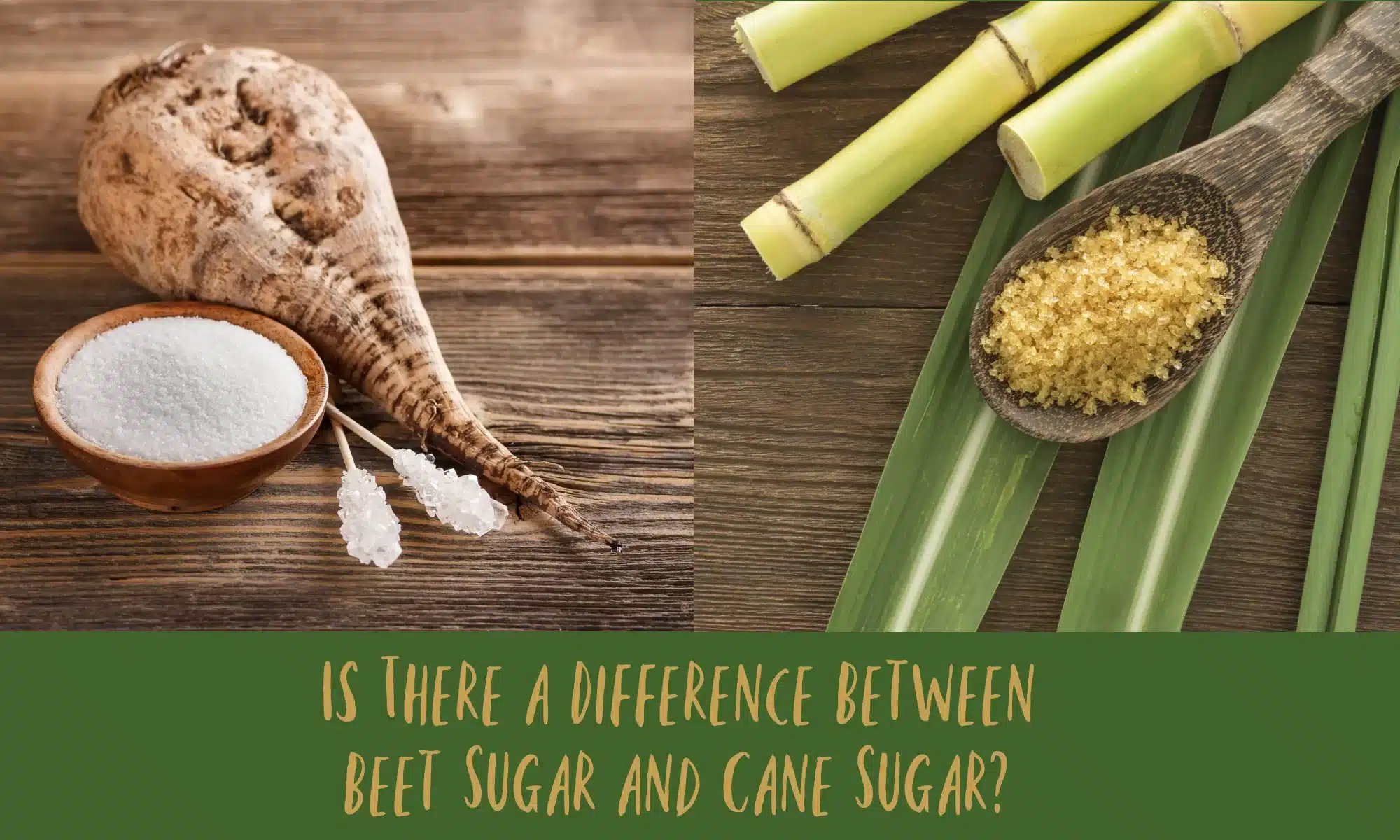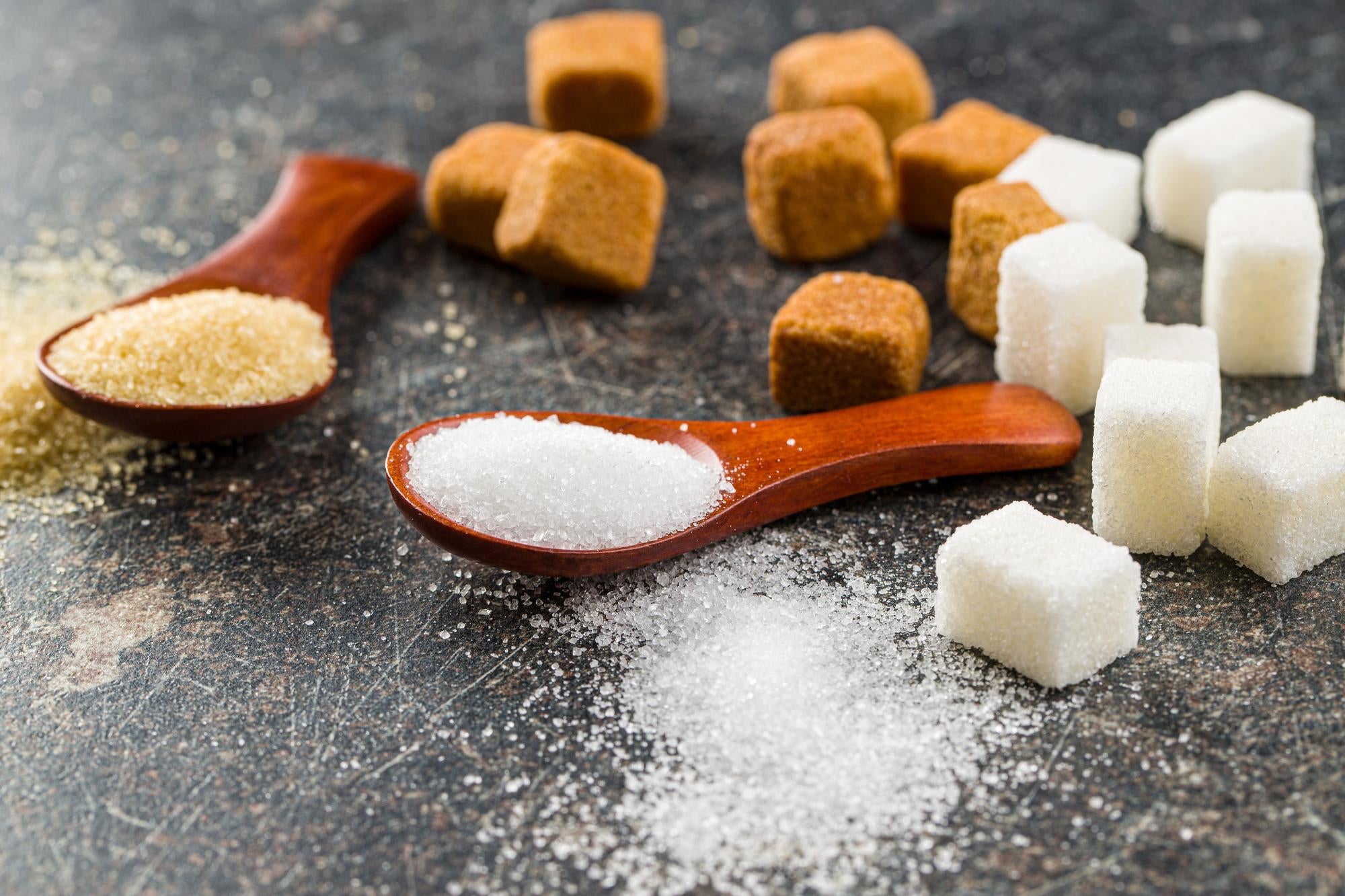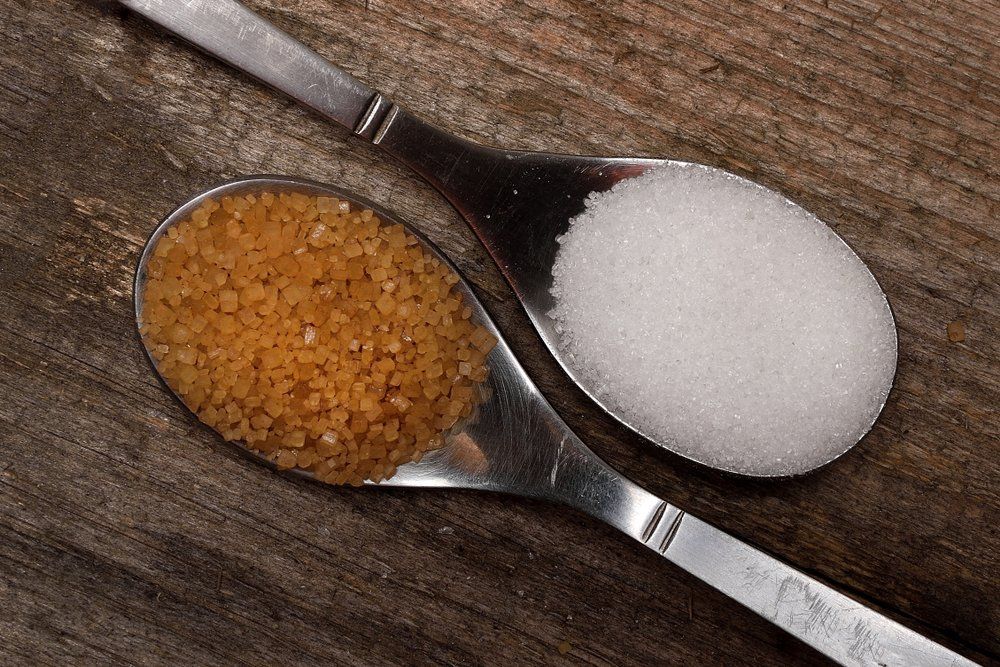What technologies are shaping the future of Sugar beet vs sugar cane production?
Understanding Sugar Beet Vs Sugar Cane: a Deep Dive Into Their Handling and Applications
The contrast in between sugar beet and sugar cane discloses important differences in their processing and use. Each plant has distinct growing techniques that influence its geographical distribution. Sugar beets are mainly processed right into granulated sugar for various food items, while sugar cane is frequently utilized in drinks. Understanding these differences sheds light on their roles in the food industry and their financial importance. The wider effects of their farming and handling require further exploration.
Introduction of Sugar Beet and Sugar Cane
Sugar beet and sugar cane are two key resources of sucrose, each adding considerably to the worldwide sugar supply. Sugar beet is a root vegetable, usually gathered in cooler environments, while sugar cane is a high yard that thrives in warmer tropical and subtropical areas. The processing of sugar beet involves washing, slicing, and drawing out juice, complied with by purification and crystallization. In comparison, sugar cane processing consists of crushing the stalks to draw out juice, which is after that cleared up and focused into sugar crystals.
Both crops are rich in sucrose, yet their make-up varies slightly, with sugar cane typically having a higher sugar content. Each resource likewise contributes in biofuel manufacturing, with sugar beet commonly made use of for ethanol. While both are vital for different applications, their unique growth needs and handling techniques influence their respective contributions to the sugar market.
Geographic Circulation and Cultivation Problems
Sugar beet and sugar cane are grown in distinctive geographical areas, influenced by their particular climate and soil demands. Sugar cane grows in exotic environments, while sugar beet is better matched for temperate zones with cooler temperature levels. Recognizing these growing conditions is necessary for maximizing manufacturing and making sure high quality in both crops.
International Growing Areas
While both sugar beet and sugar cane are necessary sources of sugar, their international expanding regions vary significantly as a result of climate and dirt requirements. Sugar beet grows mainly in warm areas, with substantial production concentrated in Europe, North America, and parts of Asia. These locations typically include well-drained, abundant soils that support the plant's growth cycle. On the other hand, sugar cane is mainly grown in tropical and subtropical regions, with significant manufacturing hubs located in Brazil, India, China, and Thailand. This crop embellishments in warm, humid atmospheres that promote its growth. The geographical circulation of these 2 crops highlights the adaptability of sugar cane to warmer climates, while sugar beet remains reliant on cooler, pleasant conditions for peak growth.
Environment Needs
The environment needs for sugar beet and sugar cane differ considerably, reflecting their adjustment to distinct ecological conditions. Sugar beet flourishes in warm environments, calling for awesome to mild temperature levels, ideally varying from 15 ° C to 20 ° C. It is sensitive to frost and benefits from well-distributed rains throughout its expanding period. This plant is generally grown in areas such as Europe and The United States And Canada.
On the other hand, sugar cane embellishments in exotic and subtropical climates, favoring warmer temperature levels between 20 ° C and 30 ° C - Sugar beet vs sugar cane. It requires abundant sunshine and regular rainfall, making it fit to areas like Brazil, India, and Southeast Asia. The different environment choices of these plants visibly affect their geographic distribution and farming techniques
Dirt Preferences
Both sugar beet and sugar cane call for details dirt conditions to prosper, their choices differ considerably. Sugar beetroots prosper in well-drained, fertile dirts abundant in raw material, with a pH ranging from 6.0 to 7.5. These problems are usually discovered in pleasant areas, especially in Europe and North America. On the other hand, sugar cane likes deep, fertile soils with exceptional drain and a slightly acidic to neutral pH (6.0 to 7.0) This crop is primarily grown in tropical and subtropical environments, such as Brazil, India, and Australia. The geographic circulation of these crops shows their soil choices, as sugar beets are matched for cooler climates, while sugar cane thrives in warmer, much more moist settings.
Harvesting and Processing Techniques
In analyzing the harvesting and handling techniques for sugar beet and sugar cane, unique approaches arise for each and every crop. The contrast of gathering techniques exposes variations in performance and labor requirements, while extraction techniques highlight differences in the preliminary processing stages. Furthermore, comprehending the refining procedures is necessary for examining the high quality and return of sugar produced from these two resources.
Harvesting Techniques Contrast
When thinking about the collecting approaches for sugar beet and sugar cane, distinctive techniques arise that reflect the special qualities of each plant. Sugar beet harvesting generally includes mechanical methods, making use of specialized harvesters that uproot the beets from the ground, getting rid of tops and soil in the procedure. This strategy permits effective collection and reduces crop damages. On the other hand, sugar cane harvesting can be either manual or mechanical. Hands-on harvesting includes workers reducing the stalks short, while mechanical harvesting utilizes large machines that reduced, cut, and accumulate the cane in one procedure. These distinctions in harvesting approaches highlight the versatility of each crop to its expanding setting and the agricultural practices common in their corresponding regions.
Removal Methods Overview
Removal strategies for sugar production vary considerably in between sugar beet and sugar cane, mirroring their special attributes and handling requirements. Sugar beets are generally harvested using mechanical farmers that check my reference cut the roots from the ground, followed by cleaning to eliminate soil. The beets are after that sliced into slim pieces, called cossettes, to help with the removal of sugar with diffusion or hot water removal. In comparison, sugar cane is typically collected by hand or machine, with the stalks cut short. After collecting, sugar cane undergoes crushing to remove juice, which is after that clarified and focused. These extraction techniques highlight the distinct methods utilized based upon the resource plant's physical characteristics and the desired effectiveness of sugar extraction.
Refining Processes Explained
Refining procedures for sugar from both sugar beet and sugar cane entail a number of important steps that ensure the end product is pure and ideal for intake. The raw juice extracted from either resource undergoes information, where pollutants are gotten rid of making use of lime and heat. Following this, the juice is evaporated to concentrate the sugars. For sugar beets, the process often consists of carbonatation, while sugar cane might undergo a more straightforward crystallization method. Once focused, the syrup is subjected to crystallization, producing raw sugar. Finally, the raw sugar is detoxified through centrifugation and further refining, resulting in the white granulated sugar typically discovered on shop shelves. Each step is critical in guaranteeing item click for info quality and safety and security for customers.
Nutritional Profiles and Wellness Impacts

Health and wellness impacts connected with both resources largely originate from their high sugar web content. Extreme consumption of sucrose from either source can cause weight gain, oral concerns, and raised risk of persistent conditions such as diabetes mellitus and cardiovascular disease. However, sugar cane juice, typically consumed in its all-natural kind, may give added anti-oxidants and phytonutrients compared to polished sugar beet items. Ultimately, small amounts is type in using both sugar beet and sugar cane in diet regimens to reduce possible health threats.
Financial Relevance and Worldwide Manufacturing
The economic significance of sugar beet and sugar cane is substantial, since both plants play essential functions in the international farming landscape. Sugar cane, primarily grown in exotic and subtropical regions, make up around 75% of the world's sugar production. Nations like Brazil and India are leading producers, contributing significantly to their national economies with exports and neighborhood consumption.

The international sugar market is valued at billions of dollars, affected by various factors consisting of environment, profession policies, and consumer need. As necessary, both sugar beet and sugar cane are vital for economic security and growth within the farming industry worldwide.
Applications in the Food Market
In the food market, sugar beet and sugar cane serve essential functions, offering sugar that are indispensable to a broad selection of items. Both sources yield granulated sugar, which is a key component in baked items, drinks, and confections. Sugar beet, typically favored in areas with colder environments, is commonly discovered in processed foods such as jams, jellies, and dairy items. Sugar cane is preferred in tropical areas and is often utilized in beverages like rum and soft drinks.
Beyond granulated sugar, both sources are likewise refined right into molasses, syrups, and various other sugar, improving taste accounts and boosting structure in different applications. Furthermore, the spin-offs of sugar manufacturing, such as pulp and bagasse, are used in developing animal feed and biofuels, further showing their versatility. Overall, sugar beet and sugar cane are important components of the food industry, affecting preference, appearance, and total item quality.
Environmental Considerations and Sustainability
As issues about environment change and resource depletion expand, the ecological impact of sugar beet and sugar cane cultivation has actually come under analysis. Sugar cane, frequently grown in tropical regions, can result in logging and habitat loss, intensifying biodiversity decline. In addition, its farming regularly relies upon extensive water usage and chemical plant foods, which can contaminate regional waterways.
Conversely, sugar beet is typically expanded in pleasant climates and might advertise dirt health and wellness through plant rotation. It also faces challenges such as high water consumption and reliance on chemicals.
Both crops add to greenhouse gas exhausts during handling, yet lasting farming techniques are emerging in both fields. These include precision agriculture, natural farming, and integrated parasite administration. Generally, the environmental sustainability of sugar production stays a pressing concern, requiring continual examination and fostering of green methods to mitigate negative impacts on communities and neighborhoods.

Often Asked Concerns
What Are the Differences in Taste Between Sugar Beet and Sugar Cane?
The preference distinctions between sugar beet and sugar cane are subtle yet distinct. Sugar beet often tends to have a slightly earthier taste, while sugar cane offers a sweeter, more fragrant account, attracting various cooking choices.
Can Sugar Beet and Sugar Cane Be Used Interchangeably in Recipes?
Sugar beet and sugar cane can often be used mutually in recipes, though refined differences in flavor and structure may arise. Substituting one for the other usually keeps the desired sweet taste in culinary applications.

What By-Products Are Produced From Sugar Beet and Sugar Cane Handling?
The handling of sugar beets and sugar cane returns various by-products. These include molasses, pet feed, and biofuels. Each spin-off serves distinct objectives, adding to agricultural and industrial applications beyond the primary sugar removal.
Exactly How Do Sugar Beet and Sugar Cane Affect Soil Health And Wellness?
The influence of sugar beet and sugar cane on dirt health differs; sugar beetroots can improve raw material, while sugar cane might lead to dirt deterioration if not managed properly, impacting nutrient levels and dirt structure.
Exist Specific Varieties of Sugar Beet and Sugar Cane?
Different specific ranges of sugar beet and sugar cane exist, each adapted to various environments and dirt kinds. These varieties are grown for qualities such as return, condition resistance, and sugar material, maximizing farming productivity.